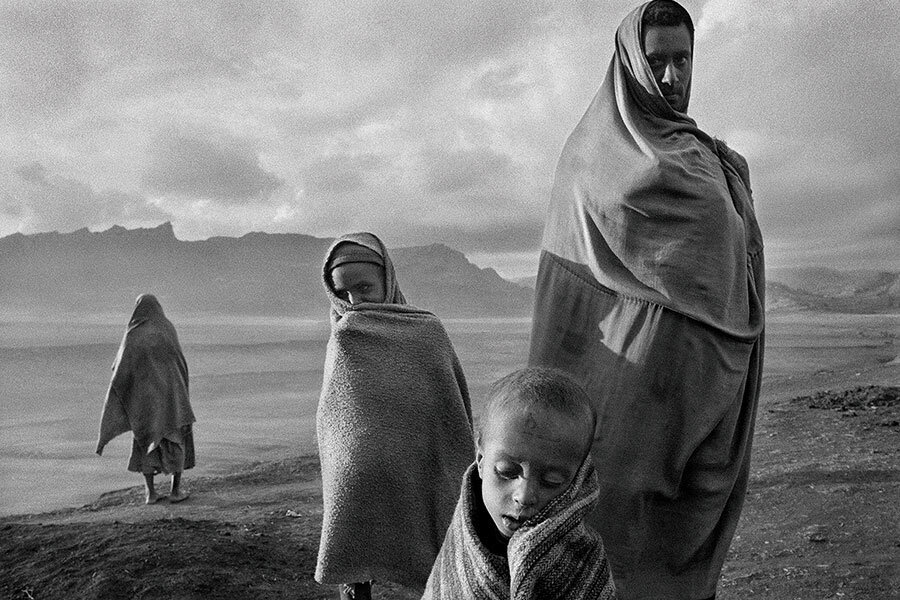Responses and Responsibilities
‘A man seeks answers about life, death, and the existence of God as he plays chess against the Grim Reaper during the Black Plague’. This is the IMDB synopsis of Ingmar Bergman’s ‘The Seventh Seal’ from 1957. This is a movie still, a visually striking image that some would call ‘powerful’ or ‘beautiful’. Does its beauty deafen the strength of the film narrative or message? No it doesn’t - to the contrary. It becomes a powerful trigger for its meaning and symbolism that we pay more attention to.
Wong Kar-Wai’s cinematographic masterpiece In the Mood for Love (2000) is one of the most visually appealing films I have ever watched, each frame a beautiful still image in its own right. Does the visual appeal detract from the story, in any way? Quite the contrary, it enhances it and makes it altogether more memorable.
In 1991, in her New Yorker article about Sebastiao Salgado’s Sahel photographs, Ingrid Sichy writes: “Salgado is far too busy with the compositional aspects of his pictures—with finding the ‘grace’ and ‘beauty’ in the twisted forms of his anguished subjects. And this beautification of tragedy results in pictures that ultimately reinforce our passivity toward the experience they reveal. To aestheticize is the fastest way to anaesthetise the feeling of those who are witnessing it. Beauty is a call to admiration, not to action …”
And it is probably already obvious but I fundamentally disagree with this standpoint because to me, the opposite is true - to me a strong visual aid only helps enhance the message it conveys, rather than mutes it. And I do not just disagree as a subjective viewer. The critics who cannot reconcile visual beauty with a tragic message fail to recognise the duality of this contradiction that in fact enhances each of its opposing components, not negate them.
And speaking of calls to action - let’s not forget that Salgado doesn’t stop with just making imagery to draw attention to the issues at hand. His books are sold to benefit Medecins Sans Frontieres and he is a UNICEF Goodwill Ambassador. More notably, his long-term project of over 20 years Instituto Terra together with his wife Lelia has seen the reforestation of an 1,754-acre plot of land in his native Brazil, which is now home to 172 types of birds, 33 varieties of mammals and 15 kinds of reptiles and amphibians.
What is, I wonder, his critics’ contribution to the issues that they claim he anaesthetises our feelings towards?


